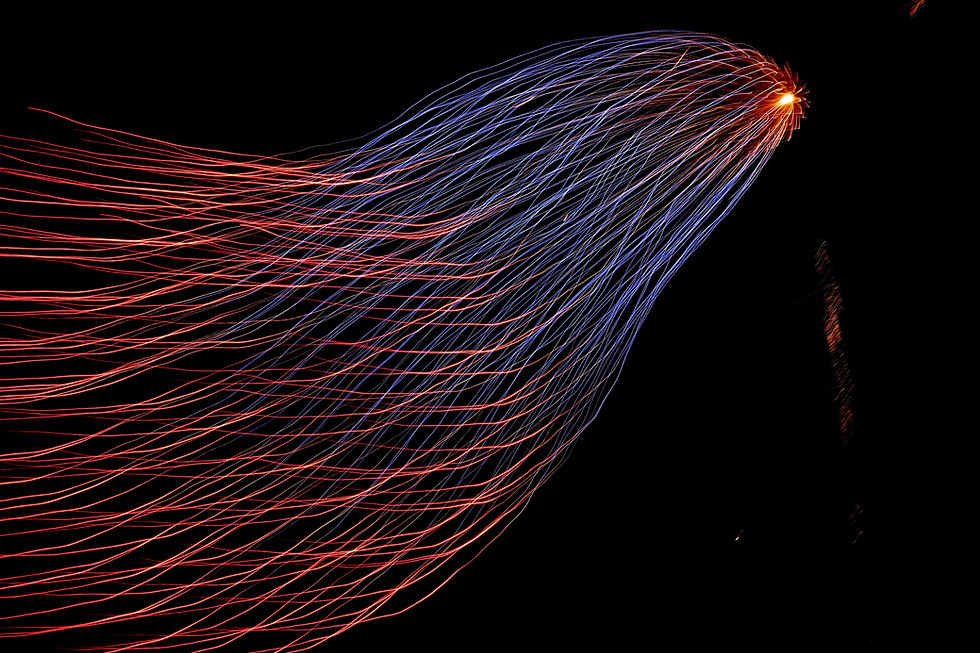


IMPLEMENTATION
Static Transfer Switch Implementation

Single Cord Loads - These racks have one power strip. Feed this strip from a TwinSource Rack-Mounted Automatic Transfer Switch fed from the above sources. This converts all single corded racks to dual cord, enabling continuity of operations regardless of loss of a source of power. You can move your transfer switches along with the single corded loads they serve if they are moved.
Does it Make More Sense to Double Up on the Servers than Install a Rack-Mount Automatic Transfer Switch? No. Why? Because it costs so much less and is so much more convenient to simply convert the entire rack to dual cord using a RMSTS. Doubling the servers means double the rack space, thousands of dollars of higher cost for each server added, double the electrical power, double the feeders, more UPS power needed, and double the heat removal HVAC capacity and more electrical power to remove the heat. In light of the green movement and increasing data center efficiency, it makes no sense.
Dual Cord Loads - These racks have two power strips; A-side and B-side. Feed the A-side power strip from a TwinSource RMSTS (call this the A switch) fed from UPS A & UPS B. Feed the B-side power strip from a second TwinSource Rack-Mounted Automatic Static Transfer Switch (call this the B switch) also fed from UPS A and UPS B. This enables both cords to have protection against an internal server power supply failure because both cords have access to both UPS systems. Remember that if a power supply in a server is bad (assume the side A power supply) and UPS B fails, then that server is out and you have a failure of both cords even though you have a dual cord load and 2N UPS systems. With both cords protected then there is no need to worry if side A or side B power supply of any server has failed because both UPSs are available to the other cord feeding the good server power supply. With the above connection either power supply or either UPS can fail and you are covered. Feed the switches A and B above from different PDUs so if one PDU is out for maintenance and the other UPS fails, then you are still protected. 2N systems are not 2N any more as soon as you try to access any PDU or RPP on the floor for maintenance. Following these procedures removes that concern.
Super Critical Dual Cord Loads – Identify the dual cord loads that you wish to provide maximum protection for. Typically these are the communication racks that connect the data center with the outside world and if they fail, the whole data center might as well be down since it is not involved in production any more and is in an idle state. For the one line of how these racks are protected and connected please refer to the link on page 1 of this site for the white paper "Upgrade to 8 x 9’s Availability." These racks are converted to a configuration that actually provides 3 sources of power to the rack affording you the maximum protection even if both UPSs A and B fail. Cascading failures are not out of the questions as witnessed at some data centers.
IMPLEMENTATION
How You Would Connect a TwinSource Rack-Mounted Transfer Switch to Single and Dual Cord Loads:
Installing static transfer switches at The Point of Use racks provides Maximum Zone of Protection. A rack-mount switch protects against failure of all devices upstream whereas a large static switch leaves 70% of the distribution devices past it unprotected, failure of any of which can drop the load and the large switch is unable to mitigate. Feed all racks from independent sources of power that may consist of one of the following:
-
2 independent utility sources (not from the same substation).
-
One UPS and one utility line backed by generators.
-
Two independent UPS systems, normally referred to as UPS A and UPS B, both fed from a Bus C (that can be fed from either utility or generators and they come on when either UPS or utility fail).